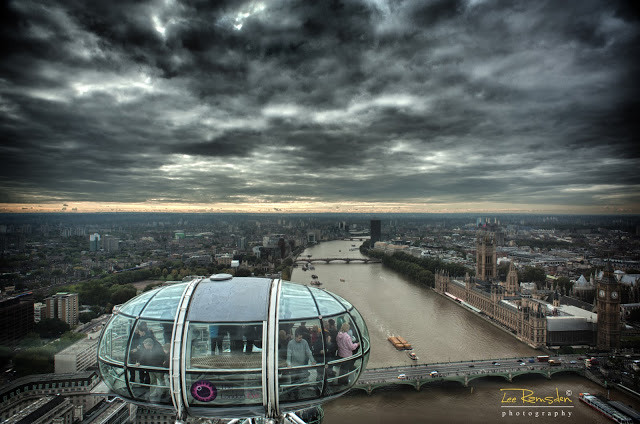Morning,
I hope that you have had a good weekend.
Here is a little time-lapse of various iconic London buildings.
Please feel free to share this post on your social media, giving credit to the photographer Lee Ramsden www.leeramsden.com
Thanks
Lee
London eye
Morning,
I hope that you have had a good weekend.
Here is a little time-lapse of various iconic London buildings.
Please feel free to share this post on your social media, giving credit to the photographer Lee Ramsden www.leeramsden.com
Thanks
Lee
HDR.... No, stop, don't click away! I know that high dynamic range techniques can be controversial, mainly due to the way that the extreme forms of hdr - alien skies, over saturation, halos, are more like computer generated images than real photos. But if you have a go, and take it easy, you may find that the results are pleasing to say the least
The Meaning of High Dynamic Range Imaging in Photography
Some people might think that the purpose of HDR is to produce unrealistically colorful, flat, or artistic photos. In my opinion the real purpose of HDR photography is to produce a photo, the quality of which is higher than that of a normal photo. The purpose of HDR is to overcome the limitations of camera equipment. HDR photography has the following advantages when compared to normal photography:
HDR photography captures higher dynamic range
HDR photography can produce noise free photos
HDR Photography Captures Higher Dynamic Range
Let's imagine a situation where one photographs (without a flash) a high contrast scene where the subject is against the sky. Typically there is a problem in the result. Either the sky is too bright (over exposed), or the subject is too dark (under exposed). That doesn't equal to what was seen with eyes. Eyes can see details in both the subject and the sky clearly. Normal digital camera isn't able to see as high contrast as a human eye is. In other words a digital camera isn't able to capture as high dynamic range as a human eye is able to see.
An HDR photo can have a very high dynamic range which makes it possible to capture scenes with extremely high contrast. HDR photo can include all the details that a human eye is able to see. In photography, the goal is often to capture the view and the mood that was seen and experienced. Unfortunately, because of the limitations of digital cameras, some details are often missing in photos. In high contrast scenes, a digital camera isn't able to capture both the brightest and the darkest areas simultaneously. HDR photography offers a solution to this problem.
Taking the photo(s)
So what is HDR? High Dynamic Range is creating images that contain more data than normal, usually by combining three pictures. This enables you to pull out details in the darkest and brightest areas of the image, without having to resort to lots of dodging, burning, gradients, or pasting two pictures together. A HDR photo in its original form is in no way a finished product - you have to use further processing to pull out these different details, this is usually called Tone Mapping, and tools in Photoshop, or the very popular Photomatix achieve this.
Here i am using the new HDR efex pro by Nik software.
To create an HDR photo you need at least 3 differently exposed photos of the same shot. That's not as difficult as it sounds. Many cameras give you the ability to change exposures from shot to shot. Since all cameras are different you'll have to figure out how to change these exposure settings on your particular camera. Look for Exposure, AEB (Automatic Exposure Bracketing), A-EV, BKT, or a little +/- graphic.
Important: Make sure the camera does not move between shots. Use a tripod or place the camera on a stable surface, minimizing movement as much as possible between shots.

Here are the 8 exposures i used for the final image.

Using the new HDR efex pro by Nik software.
You need to make up your own mind up about hdr, all I will say is give it a go, and see what you can come up with. In the past i have over done it with HDR and so backed right off. With recently downloading HDR efex pro from Nik software i have certainly got the bug back to play.
